Sovereign Seeds: Reclaiming MENA’s Agricultural Future
Reviving local food systems and unlocking rural prosperity
A Conversation with Matthew Kochmann, founder of Transcend

Transcend is an Impact Entrepreneur nominee for the 2025 Earthshot Prize
How does someone go from the #7 employee at Uber to a real estate developer to an entrepreneur revolutionizing the death care industry? That’s the story of Matthew Kochmann, founder of Transcend and developer of the Tree Burial process, which has a mission of “reforesting the world by planting people and pets as trees when they die.”
Kochmann believes that Tree Burial should exist alongside traditional burial and cremation, and has a vision of making Tree Burial available within two hours of every major transport area. In this Q&A, we explore his entrepreneurial journey and learn more about how society would benefit from a holistic approach to death that brings humans (and their pets!) in closer harmony with the natural environment.

Matthew Kochmann
What inspired you to start Transcend / Tree Burial?
Matthew: I’ve always had a deep passion for the environment. I remember hearing about the [One Trillion Tree initiative a few years ago] and it checked a lot of spiritual boxes for me in terms of reevaluating my relationship to nature. A decade ago, I came across an article and video about a burial pod developed by two Italian designers that would have the ability to turn human ashes into nutrients for a tree. I remember telling my parents I wanted to be a tree when I died, and that set off a fact-finding mission. But the more I looked into the pod concept – Capsula Mondi, or “world’s capsule” in Latin – the more I realized it was more theoretical than practical as there were still a lot of problems with the original design.
At the same time, I was looking to buy a piece of land in California for a hospitality project, but I needed more ways to monetize the land. So, I had this lightbulb moment and decided to call up the Italian designers and figure out how to build a business around the tree burial concept.
How does Tree Burial actually work?
Matthew: There are four key steps in the Tree Burial process:
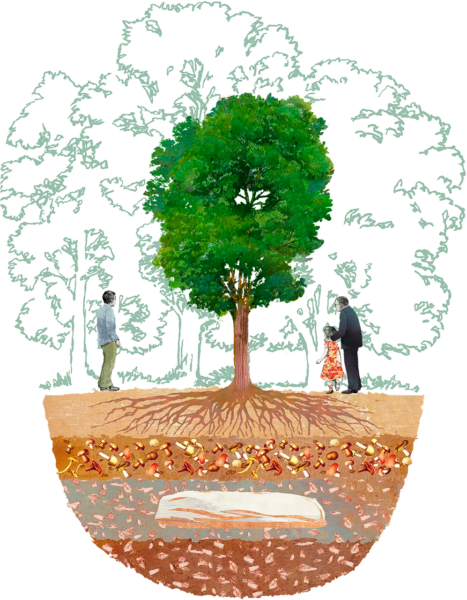
How it Works; Image Courtesy of Transcend
The trees themselves will be planted in forests or groves maintained by Transcend and located within two hours of select metropolitan areas. Each tree will be clearly marked so that friends and family of those planted can come visit at any time.
What are some of the environmental impacts of other types of burials? How do Tree Burials compare?
Matthew: I don’t think most people understand how environmentally damaging our current approach to death care is in many parts of the world.
If you look at cremation, which is the fastest-growing burial style (representing 60% of all U.S. burials today and potentially 80% by 2030), you’re basically incinerating a perfectly nutrient-rich body. Not only does this waste valuable nutrients, but it also emits massive amounts of pollutive carbon into the atmosphere – approximately 600 million pounds per year – along with heavy metals like mercury. To give you a sense, a single cremation has roughly the same domestic energy demands as an individual in the U.S for an entire month. On the other hand, Tree Burial removes 5.8x more carbon from the atmosphere than a cremation emits, literally cleaning the air we breathe.
There are also significant environmental problems with burials in cemeteries. In the U.S alone, 1 million acres of land have been cleared to date for cemeteries and, each year, an additional 4 million acres of forest are cut down to create caskets. In addition, traditional burial is responsible for hundreds of thousands of pounds of non-biodegradable materials currently just sitting in the ground. In contrast, Tree Burial perpetually preserves thousands of acres of land and leaves behind no waste or toxins.
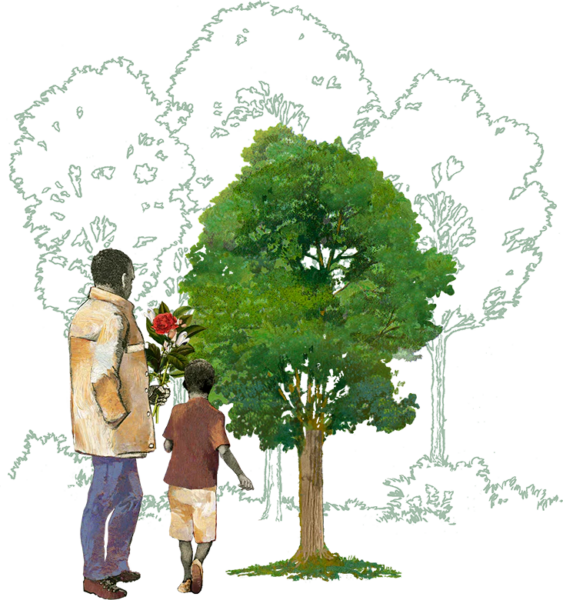
Courtesy of Transcend
Overall, our analysis shows that Tree Burial is 576% more sustainable than existing default options, while also being 48% less expensive than traditional deathcare in the U.S. As part of our commitment to sustainability, we’ve also teamed up with the Arbor Day Foundation to plant an additional 1,000 trees in reforestation projects across the world for each Tree Burial reserved. These trees will absorb enough carbon over the course of their lifetime to fully erase the average person’s carbon footprint.
How has mainstream acceptance of Tree Burials changed since you started the business? Why do you think that is?
Matthew: I think our society’s relationship to death is really wrought right now, which is leading to high levels of depression and existential dread. It’s hard to ignore the constant headlines about species death and the threat of societal collapse. This sort of existential mortality makes sense given the climate crisis, with many adopting a “head in the sand” mentality.
So, when I started Transcend, it was no surprise that younger generations immediately understood the vision. Millennials, in particular, have shown an interest in being more open in what happens to their bodies when they die, and are [2x] more likely than their parents to pre-plan for end of life. Many Millennials are also now hitting the point where they’re starting to think about estate planning, especially if they have children.
Older generations may be more resistant to the idea at first, but I think it’s important to remember that Tree Burial is aligned with Jewish, Muslim, and Christian practices, so there’s no religious barrier here.
These trees will absorb enough carbon over the course of their lifetime to fully erase the average person’s carbon footprint.
The good news is that there is no entrenched consumer behavior when it comes to burial or death, which means there is a market opportunity to offer a solution. I’ve found that opening up this topic leads to more healthy conversations on mortality, which leads to a healthier relationship with life.
What has surprised you about this journey?
Matthew: I was really surprised how many people are uncomfortable talking about death. I knew it was a taboo subject for many, but to be in conversations with people was really eye-opening to see how resistant society is to confront their own mortality.
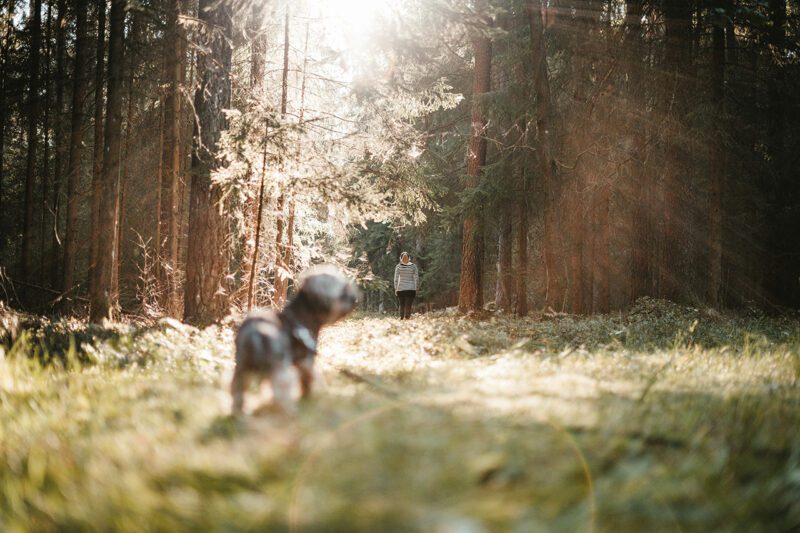
So, it’s nice to have an antidote for some of that resistance, to help relax people in their conversations about death and to help foster a movement around wellness and reconnecting people to the Earth.
I’ve also been surprised by the response from some investors who purportedly care about environmental impact. I’ve literally had an investor say to me: “We don’t invest in taboo subjects like death or pornography.” So, there’s clearly a market gap here and the need for more education.
What are your future plans for the business?
Matthew: Right now, we’re still in startup mode, so focusing a lot of energy on R&D for the Tree Burial process as well as raising customer awareness. We recently launched a founding member program whereby someone can commit $100 in exchange for the planting of 100 trees, as well as access to discounted pricing and priority placement for a future Tree Burial. We hope to open our first site soon, likely somewhere on the West Coast overlooking the Pacific Ocean.
We’ve also received a lot of inbound interest from landowners, both domestically and internationally, who want to bring this concept to their communities. Many of these landowners want to see their land put into a conservation easement (if it isn’t already) and see conservation as a good revenue mechanism. So, we’re exploring different ways to engage with landowners, whether that means selling or donating the land to Transcend or forming a partnership that would allow us to have access to the land.
The goal now is to get to that next stage of growth, which means raising more financing and getting one step closer to making Tree Burials into a reality.
Related Content
Comments
Deep Dives
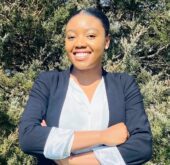
Featuring
Clarisse Awamengwi
IE Correspondent
July 17 - 12:00 PM EST
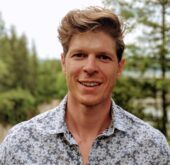
Featuring
Russell McLeod
July 24 - 12:00 PM EST
RECENT
Editor's Picks
Webinars
News & Events
Subscribe to our newsletter to receive updates about new Magazine content and upcoming webinars, deep dives, and events.
Become a Premium Member to access the full library of webinars and deep dives, exclusive membership portal, member directory, message board, and curated live chats.
At Impact Entrepreneur, we champion fearless, independent journalism and education, spotlighting the inspiring changemakers building the Impact Economy. Diversity, equity, sustainability, and democracy face unprecedented threats from misinformation, powerful interests, and systemic inequities.
We believe a sustainable and equitable future is possible—but we can't achieve it without your help. Our independent voice depends entirely on support from changemakers like you.
Please step up today. Your donation—no matter the size—ensures we continue delivering impactful journalism and education that push boundaries and hold power accountable.
Join us in protecting what truly matters. It only takes a minute to make a real difference.
0 Comments